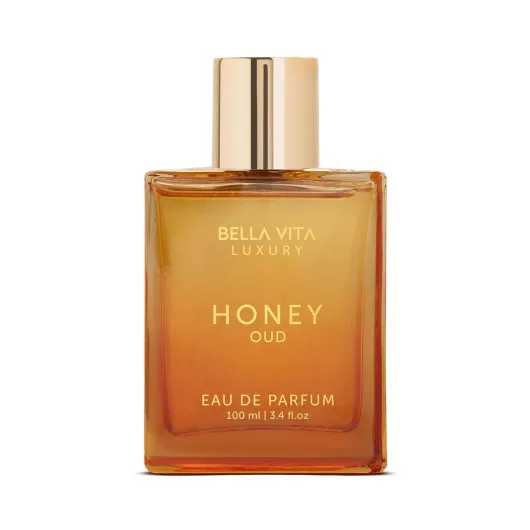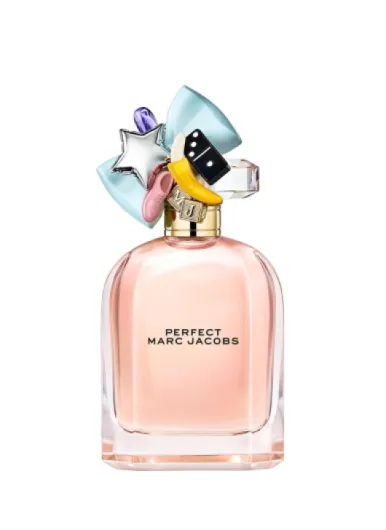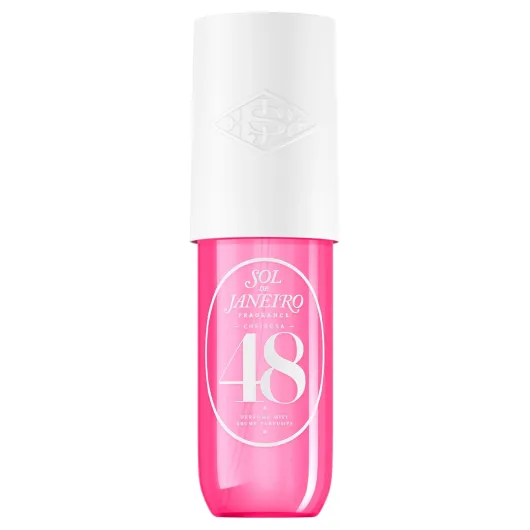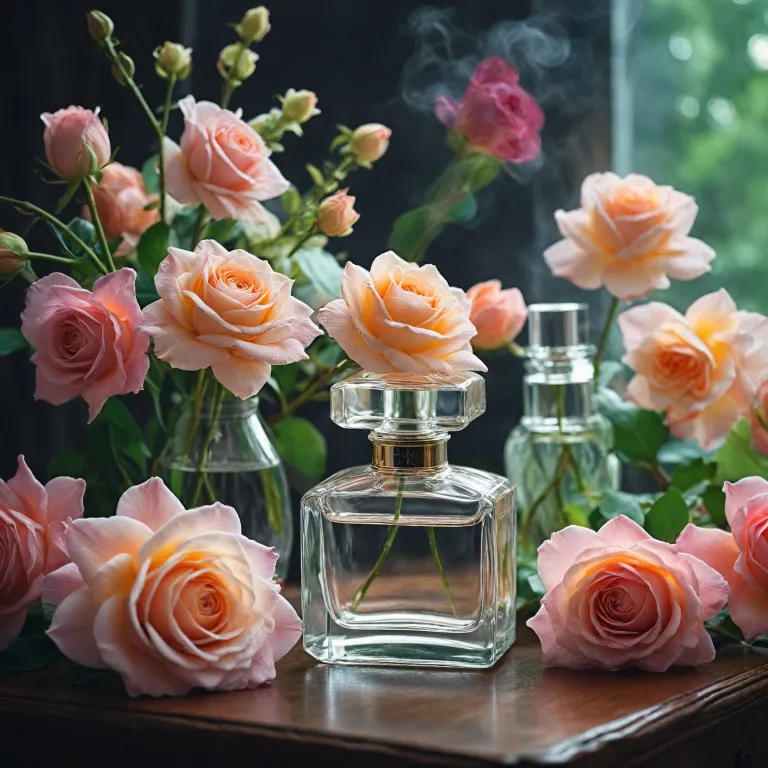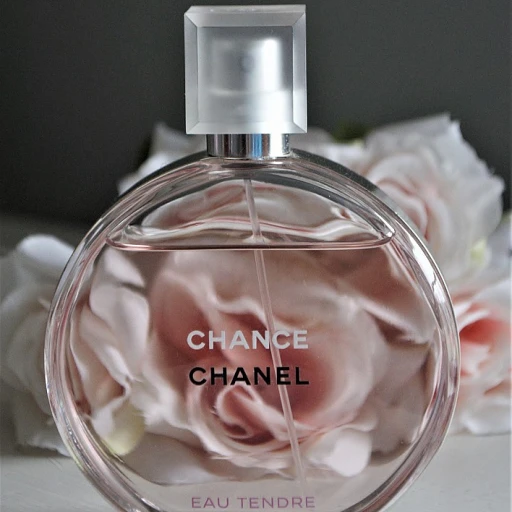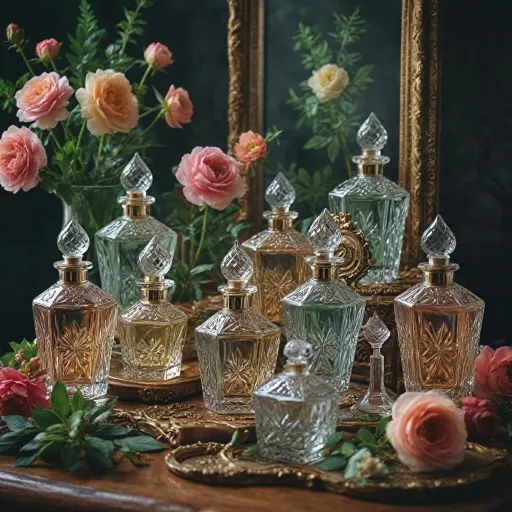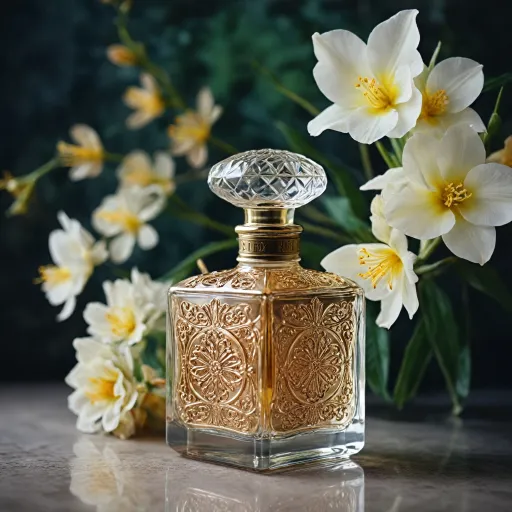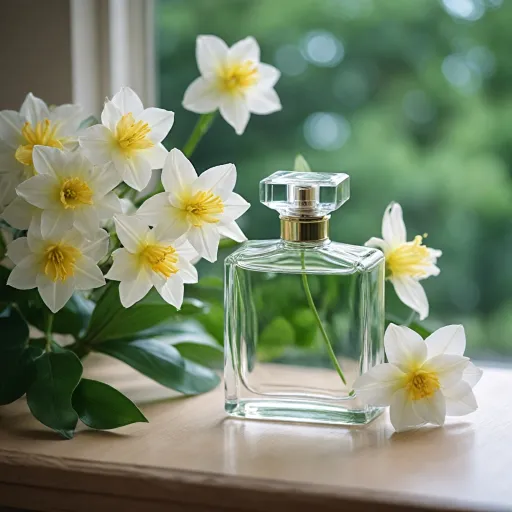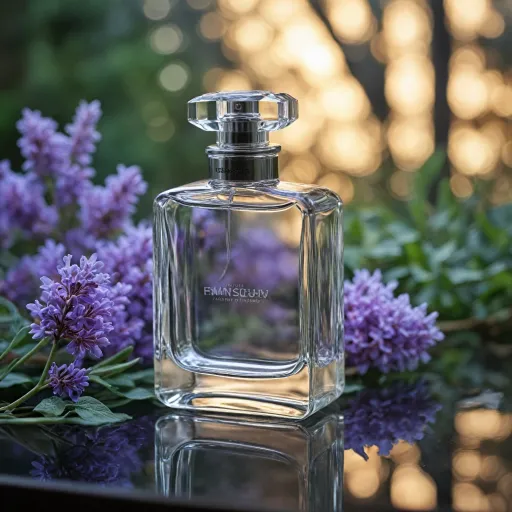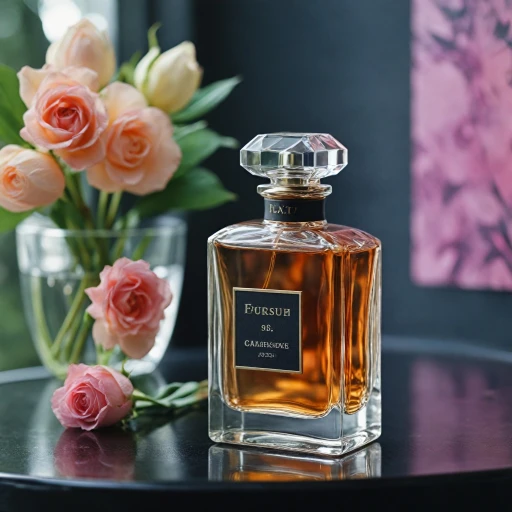
Understanding the Appeal of Popular Fragrances
The Intricacies of Popular Fragrances
Fragrances have a remarkable ability to evoke emotions and memories, making them a cherished aspect of personal care. The allure of popular scents lies in the intricate balance of top, heart, and base notes, which combine to create a harmonious olfactory experience. At the forefront of crafting a coveted bottle are the perfumers, who meticulously select ingredients such as juniper and integrate them into the complex layers of the fragrance.
The demand for sought-after fragrances is driven by a variety of factors. Consumers are drawn to certain brands for their unique scent profiles, which often include a blend of luxury and scent, enhancing their appeal. It is the key notes at the top and heart of these fragrances that often capture the initial attention, while the sophisticated base notes ensure long-lasting resonance.
In addition, the fragrance industry faces challenges such as the consistent production and shipping of these high-demand products. Ensuring privacy and transparency through policies like a brand's privacy policy is also crucial in maintaining consumer trust and satisfaction. With these elements in place, a brand can secure its position among the most wanted fragrances on the market.
The Art of Crafting a Signature Scent
Crafting a Unique Olfactory Experience
The art of crafting a signature scent is a meticulous process that involves a delicate balance of creativity and science. At the heart of this process lies the understanding of fragrance notes, which are categorized into top, heart, and base notes. These notes work in harmony to create a fragrance that evolves over time, offering a multi-dimensional experience to the wearer.
Top notes are the initial impression of a fragrance, often characterized by fresh and light scents such as citrus or juniper. These notes are designed to capture attention and set the stage for the more complex heart notes, which form the core of the fragrance. Heart notes typically include floral or spicy elements that add depth and character. Finally, the base notes provide the lasting impression, often composed of rich, warm scents like vanilla or musk, which linger on the skin.
The Role of Perfumers and Brands
Perfumers, often referred to as the artists of the fragrance world, play a crucial role in blending these notes to create a cohesive and memorable scent. They must consider factors such as stroke width and the fill of each note to ensure a balanced composition. The choice of ingredients and the concentration of each note are key to achieving the desired olfactory profile.
Brands like Azzaro have mastered this art, offering fragrances that are both timeless and contemporary. The design of the bottle and the ease of spray also contribute to the overall appeal, making the fragrance not just a scent but an experience. The brand's policy on quality and privacy ensures that consumers receive a product that meets high standards.
From Concept to Consumer
The journey of a fragrance from concept to consumer involves several stages, including formulation, testing, and shipping. Each step is crucial in maintaining the integrity of the scent and ensuring that it reaches the consumer in its intended form. The privacy policy of a brand often outlines how consumer data is handled during this process, reflecting the brand's commitment to transparency and trust.
For those interested in delving deeper into the intricacies of fragrance creation, exploring the allure of extrait de parfum offers a fascinating insight into the intensity and longevity of scents. This deeper understanding enhances the appreciation of the craftsmanship involved in creating a signature scent.
Challenges in the Perfume Industry
Overcoming Industry Hurdles
Crafting and selling popular fragrances comes with its own set of challenges, as the industry constantly evolves to meet changing consumer demands and preferences. One major hurdle is formulating scents that can cater to diverse tastes while maintaining the unique attributes that define a brand. Balancing the top, heart, and base notes is crucial, as the fragrance must transition seamlessly from the initial spray to the final dry-down. This requires a delicate stroke to fill the bottle with an olfactory experience that captivates the consumer. Shipping and distribution present another significant challenge, as fragrances must retain their integrity throughout the logistics process. This requires precise control over the conditions, such as temperature and light exposure, to ensure the fragrance smell is unaffected when the consumer finally opens their adored bottle. Ethical and privacy policy concerns also come into play with newer regulations, prompting brands to be transparent about their sourcing practices and ingredient transparency. Moreover, brands must navigate the competitive landscape while adhering to sustainability initiatives, balancing profitability with eco-friendly practices. Consumers increasingly seek brands that align with their values, weighing options such as the appealing juniper notes found in certain eco-conscious offerings. This trend underscores the importance of a comprehensive brand policy that addresses both innovative and ethical considerations. In conclusion, the fragrance industry must adapt to these multi-faceted challenges while continuing to capture the essence of scent and memory. Explore more about how the emergence of fragrances like Azzaro adapts to these challenges in exploring the allure of 212 VIP perfume.The Role of Marketing in Perfume Popularity
The Influence of Marketing on Fragrance Success
In the world of fragrances, marketing plays a pivotal role in determining which scents become the most wanted. The allure of a fragrance often begins with its branding. A well-crafted brand story can fill the imagination of consumers, creating a connection that goes beyond the scent itself. This connection is often reinforced through strategic advertising campaigns that highlight the unique notes of a fragrance, from the top to the base, capturing the essence of its appeal.
Marketing strategies in the perfume industry are diverse, ranging from celebrity endorsements to immersive in-store experiences. These strategies aim to create an emotional response, making the fragrance not just a product but a part of the consumer's identity. The bottle design and packaging also play a crucial role, as they are often the first point of contact with the consumer. A visually appealing bottle can be as enticing as the fragrance itself, with its shape and stroke width contributing to the overall allure.
Another key aspect is the use of digital marketing, which has expanded the reach of fragrances to a global audience. Online platforms allow brands to showcase their scents through virtual experiences, offering consumers the chance to explore the heart notes and base notes of a fragrance before making a purchase. This is particularly important for niche brands that rely on word-of-mouth and online reviews to build their reputation.
However, the effectiveness of marketing also depends on understanding consumer trends and preferences. Brands must adapt to changing tastes, such as the growing demand for sustainable and ethically sourced ingredients. This shift is reflected in the marketing messages that emphasize transparency and adherence to a privacy policy that respects consumer data.
Ultimately, the success of a fragrance is a combination of its intrinsic qualities and the marketing strategies that bring it to life. Whether it's the refreshing scent of juniper in a summer spray or the sophisticated allure of an Azzaro perfume, marketing ensures that each fragrance finds its place in the hearts of consumers worldwide.
Consumer Trends and Preferences
Trends Driving Consumer Choices
In today's fragrance world, consumer preferences are pivotal to the industry's dynamism. With an increasing range of options, understanding the key influences behind choices becomes essential for brands to harmonize their offerings with consumer expectations.
One evident trend is the shift towards personalization. Consumers are no longer just selecting a fragrance based on top, heart, and base notes but are looking for scents that resonate with their identity and lifestyle. This is part of a broader movement where individualism takes center stage.
The composition of fragrances, with ingredients like jasmine and juniper, is integral in crafting unique signature scents. Recognizing the importance of the fill and stroke width of the bottle design can also influence purchasing decisions. These elements reflect the essence of what the perfume represents, from a light spray of floral notes to the strong base of musk or woody accords.
Another pivotal trend involves sustainability and ethical considerations. Consumers today are more aware and concerned about the environmental impact of their purchases. They are scrutinizing brands' commitments to sustainable practices, examining their privacy policies, and how responsibly sourced materials are impacting the fragrance's composition. The balance of natural versus synthetic ingredients is a matter of transparency and trust, affecting brand loyalty.
Additionally, the influence of speed and efficiency in shipping policies is a determining factor. Customers increasingly favor brands that offer reliable, fast shipping with transparent return policies, enhancing the overall shopping experience.
The fragrance landscape also witnesses a growing interest in influential narratives driven by digital platforms. These mediums have expanded the reach of perfumes like Azzaro's legendary blends, paving the way for perfumes that resonate with stories that consumers want to be a part of.
Sustainability and Ethical Considerations
Sustainability's Fragrant Impact
The allure of sought-after scents, especially those featuring top, heart, and base notes, extends beyond just pleasant aromas. In today’s market, sustainability and ethical considerations have become key factors for fragrance enthusiasts. The drive towards eco-friendly practices is reshaping how fragrance brands address the ever-growing concern over ecological impact.
Sustainability in the perfume industry involves several elements: sourcing, production, and packaging. A shift towards sustainable practices can be seen in the way brands are reducing stroke width of their environmental footprint. The Azzaro brand, for instance, incorporates recyclable materials in their bottle designs and employs environmentally friendly spray systems.
Consumer demand for transparency has urged brands to adopt strict environmental policies, including responsible sourcing of key ingredients. Natural ingredients such as juniper, often used in the fragrance notes, are now sourced sustainably to ensure longevity while reducing harm to habitats.
As ethical consumption becomes a priority, fragrance manufacturers are re-evaluating their shipping policies to minimize carbon emissions. Furthermore, companies are revising their privacy policy to clearly communicate these initiatives to consumers, thereby enhancing brand trust and loyalty.
For brands like those unveiling widely wanted scents, embracing sustainable practices is not just a moral obligation, but a competitive edge that resonates deeply with evolving consumer preferences. As fragrance lovers, it's essential to appreciate the width and breadth of efforts made by brands to not only fill our senses with delightful notes but to do so responsibly and ethically.


